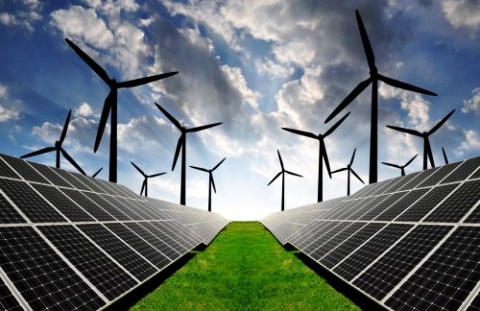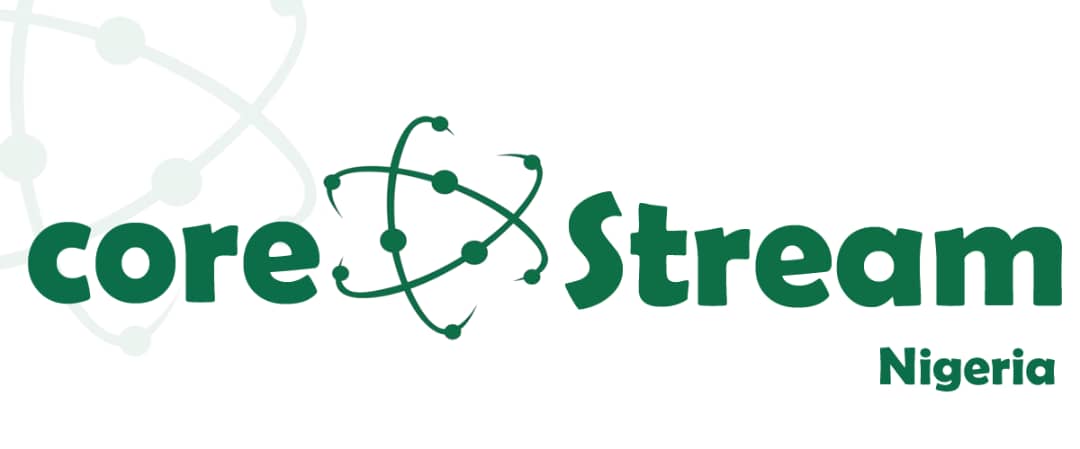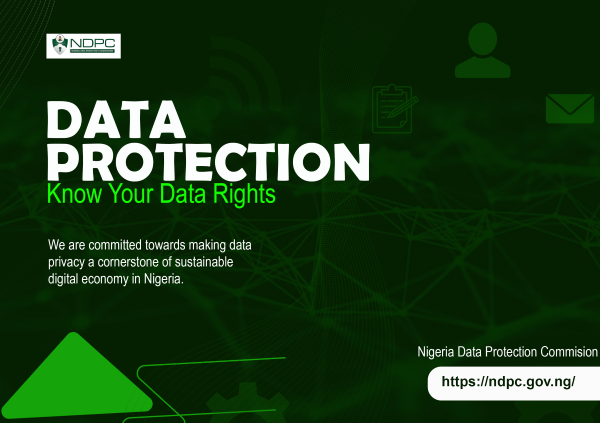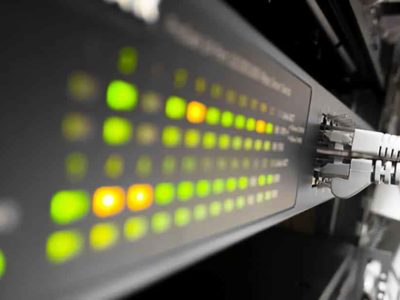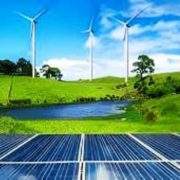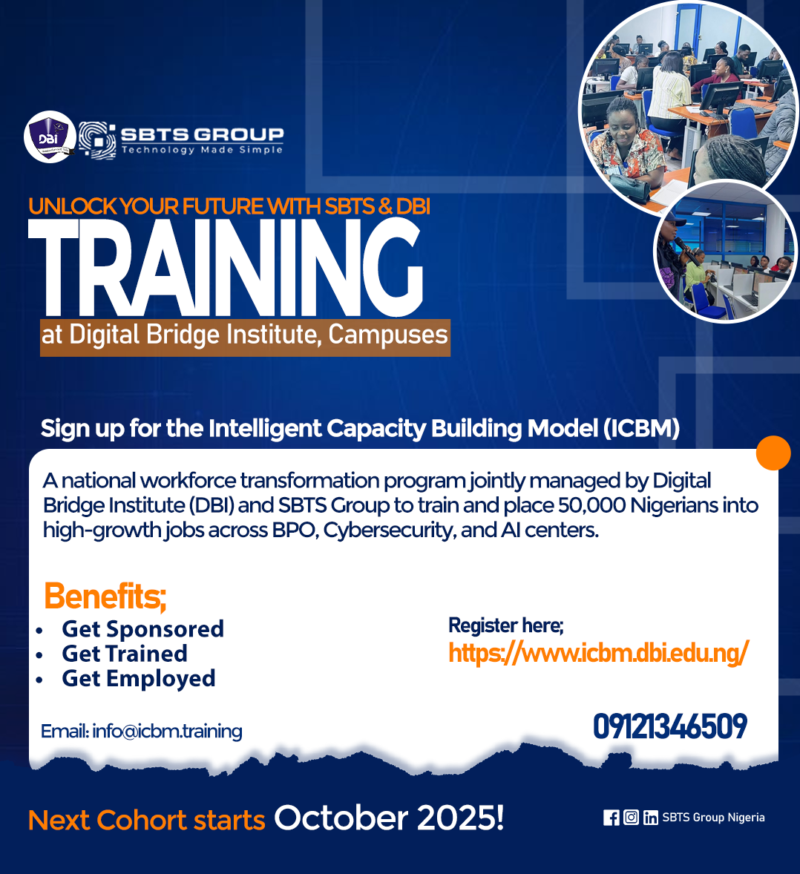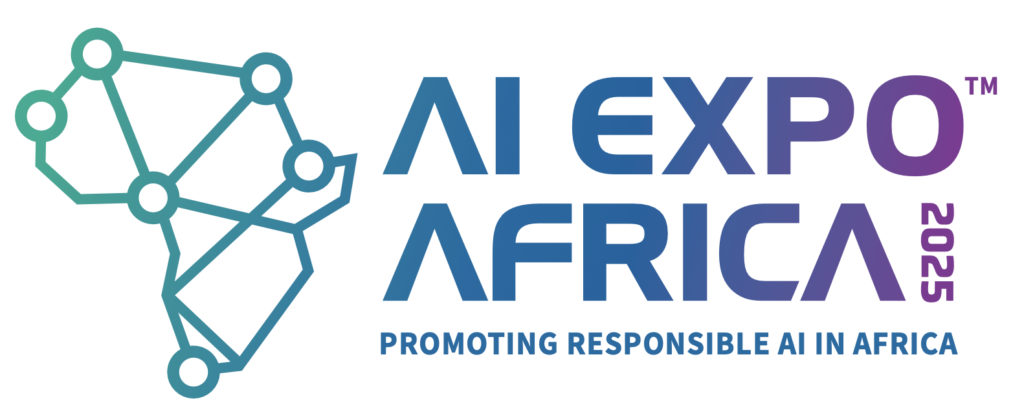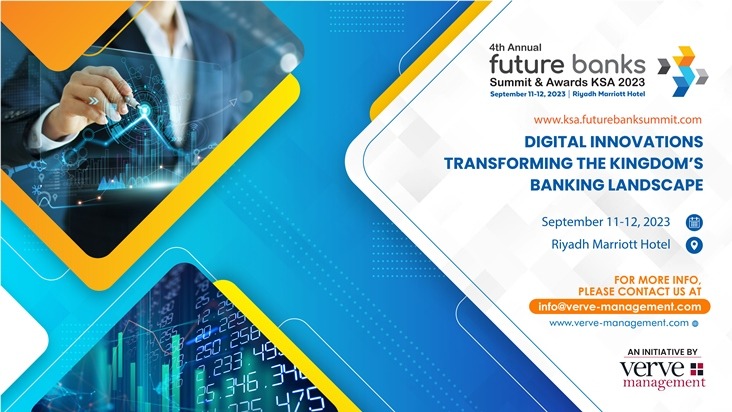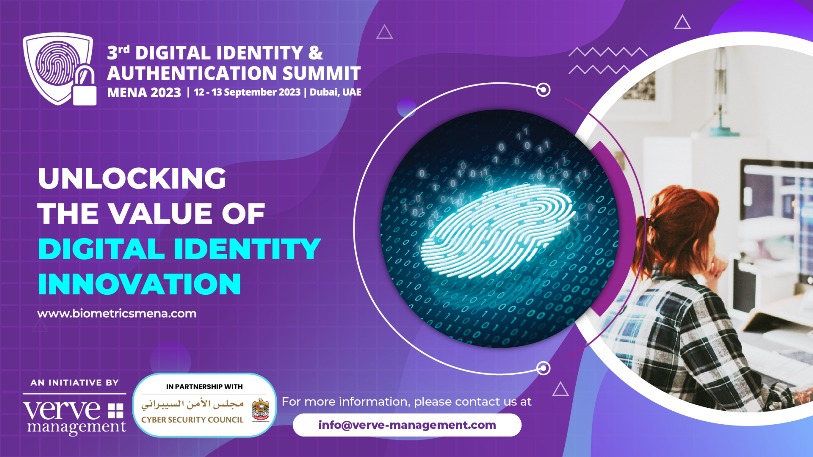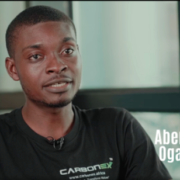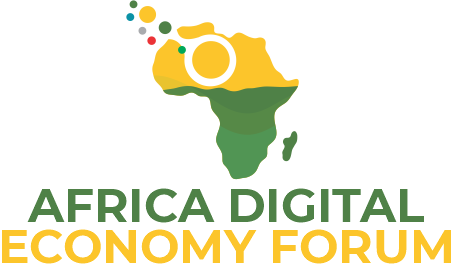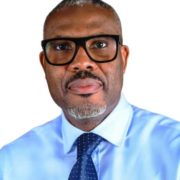By Raymond Ashieyi-Ahorgah, Project Finance Associate | MBA Finance & Corporate Sustainability
Having structured over $55 million in renewable energy investments across Africa and North America, I’ve witnessed firsthand how digital tools are fundamentally transforming project finance decisions. The convergence of fintech and clean energy isn’t just about efficiency it’s about unlocking capital flows that were previously impossible to access.
RELATED: Digitalization reshaping green energy
The Python Revolution in Energy Modeling
Traditional Excel-based financial models, while familiar, often crumble under the complexity of modern renewable energy projects. When I transitioned from using Excel to Python for our $20 million solar electrification project in East Africa, we reduced modeling time by 60% while increasing scenario accuracy by orders of magnitude.
Python’s pandas and NumPy libraries enable real-time Monte Carlo simulations that capture the inherent volatility in African energy markets from currency fluctuations to grid stability issues. For instance, our models now simultaneously process 10,000+ scenarios incorporating variables like local inflation rates, grid connection delays, and equipment import duties factors critical to African project success but impossible to model effectively in Excel.
The automation capabilities are transformative. Using Python scripts, we’ve built models that automatically pull real-time currency exchange rates, commodity prices, and weather data through APIs. This dynamic updating means our investment committee reviews are based on current market conditions, not outdated assumptions a critical advantage in fast-moving African markets where a 10% currency devaluation can occur overnight.
Perhaps most importantly, Python enables sophisticated risk modeling that traditional tools simply cannot handle. We can now quantify the correlation between political risk events and project cash flows, something essential when evaluating investments across diverse African regulatory environments.
Power BI: Democratizing Investment Intelligence
Power BI has transformed how we communicate complex energy investments to stakeholders. During my work with the CSU Foundation’s $500,000 portfolio, interactive dashboards allowed board members to drill down from continental energy trends to individual project IRRs in real-time. This transparency is crucial for African markets where investor confidence often hinges on data clarity.
The ability to visualize cash flow waterfalls, debt service coverage ratios, and tax equity distributions dynamically has eliminated the traditional ‘black box’ problem in project finance presentations. But the real breakthrough lies in stakeholder-specific dashboards. Development finance institutions can focus on development impact metrics, while commercial investors drill into financial returns all from the same underlying data model.
For African projects specifically, we’ve developed dashboards that track local content requirements, job creation metrics, and community development indicators alongside traditional financial metrics. This integrated approach has proven crucial when securing blended finance from development partners who require both financial and impact reporting.
The mobile optimization of Power BI is particularly relevant for African stakeholders. During our recent investor roadshow, potential funders in Lagos could access live project performance data on their smartphones, comparing our projects against benchmarks in real-time during meetings.
SQL and Big Data: The New Due Diligence
Energy project due diligence now involves analyzing terabytes of operational data from satellite imagery of solar irradiance to IoT sensor data from wind farms. SQL databases enable us to query historical performance across similar projects instantaneously, informing risk assessments that were previously based on limited comparable data.
Consider a practical example: When evaluating a 50MW solar project in Ghana, we used SQL to analyze performance data from 200+ similar installations across West Africa, correlating operational metrics with local weather patterns, grid stability, and maintenance protocols. This data-driven approach revealed that projects with specific inverter configurations outperformed others by 8-12% in similar climatic conditions insights that directly influenced our equipment selection and ultimately improved project economics.
The integration of blockchain-based smart contracts with SQL databases is creating new possibilities for automated performance monitoring and payment systems. We’re now structuring deals where debt service payments are automatically triggered based on real-time energy production data, reducing administrative costs and increasing investor confidence through transparent, immutable records.
This data-driven approach has been particularly valuable in Sub-Saharan Africa, where project precedents are limited but operational data is increasingly available through digital monitoring systems. Machine learning algorithms trained on this data can now predict maintenance needs, optimize energy dispatch, and even forecast revenue streams with 95%+ accuracy.
The African Opportunity
Africa’s digitization leap presents unique advantages. While developed markets are retrofitting legacy systems, African energy projects can integrate digital-first approaches from inception. During my experience with ACINTaD, we deployed cloud-based financial models that enabled real-time collaboration between teams in Lagos, Accra, and London something impossible with traditional desktop modeling.
Mobile-first business intelligence platforms are particularly relevant, given Africa’s mobile penetration rates exceeding 80% in many markets. Investment decisions that once required expensive on-site visits can now be informed by real-time performance dashboards accessible on smartphones. I’ve witnessed board meetings where directors in Cape Town made investment decisions based on live operational data from solar installations in rural Kenya.
The emergence of local fintech platforms is creating new funding channels specifically designed for African energy projects. Digital platforms like Nigeria’s FairMoney and Kenya’s M-Shwari are beginning to integrate energy project financing modules, potentially democratizing access to capital for smaller-scale renewable installations.
Perhaps most importantly, Africa’s regulatory environments are proving more adaptable to digital innovation than many developed markets. Countries like Rwanda and Ghana are implementing digital-first policies that enable faster project approvals, transparent permitting processes, and streamlined environmental impact assessments all supported by integrated data platforms.
Looking Forward
The integration of advanced analytics in energy project finance isn’t just improving efficiency it’s democratizing access to capital. As AI and machine learning tools become more accessible, African energy entrepreneurs will have unprecedented ability to create compelling, data-driven investment cases.
We are already seeing early signals of this transformation. Artificial intelligence models can now predict project performance with accuracy levels that surpass traditional due diligence methods. Blockchain-based platforms are enabling fractional ownership of energy assets, potentially opening renewable energy investments to retail investors across Africa. Digital twins of energy installations allow real-time optimization and predictive maintenance, reducing operational risks that have historically deterred international investors.
The next frontier lies in integrating ESG metrics directly into these analytical frameworks. As sustainability reporting becomes mandatory globally, African projects that can demonstrate real-time environmental and social impact through digital platforms will command premium valuations.
The question is not whether digital tools will transform energy finance they already have. The question is how quickly African markets will embrace these tools to unlock the continent’s vast renewable energy potential. Based on current adoption rates and the leapfrog opportunities available, I predict Africa will become a global leader in digitally-enabled energy finance within the next five years.
About the Author:

Raymond Ashieyi-Ahorgah is a Project Finance Associate specializing in renewable energy investments. He holds dual MBA degrees in Corporate Sustainability and Master’s Finance from Colorado State University and has structured over $55 million in clean energy projects across Africa and North America. He currently works with Mount Kilimanjaro Business Consulting on renewable electrification and other impact investing initiatives.

